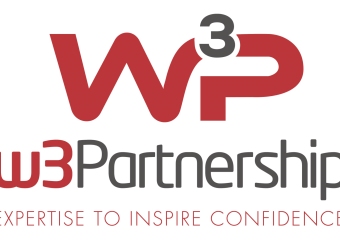You can only run a business successfully if you understand what’s happening.
In the past that’s been relatively easy, but as organisations become larger and more complex and rely increasingly upon technology, it’s easy to become overwhelmed with information to the point where you can’t see the important parts.
Many applications, such as ERP systems and customer information systems offer insight into parts of the business, but it’s difficult to get the big picture. As business systems become more and more integrated and as they incorporate data from outside – from partners and suppliers – the need to effectively monitor what’s going on becomes vitally important.
This is where nJAMS (not Just Another Monitoring Solution) comes in. It offers a way of monitoring digital processes and data executed along these processes across the entire enterprise. It’s easy to implement, easy to use, customisable, scalable, secure, and it operates in real time so you don’t have to wait for reports to see what’s going on.
Who is it for?
Whilst there is no typical customer, nJAMS can help any business that wants to achieve a successful digital transformation. It can also help to achieve specific business goals within a particular time scale, and where there’s a need to attract and retain customers.
All of this may be taking place against the background of a fast-paced, large-scale environment with complex integration between systems. It’s vital, therefore, that a system such as nJAMS can bridge the gap between the IT and business sides of the organisation and can offer easy access to key performance indicators (KPIs) to aid in timely decision making.
What can it achieve?
By presenting information in a structured and easily accessible environment, nJAMS can help monitor complex processes. It can ensure that KPIs are monitored right across the supply chain so that data from partners is used to good effect. This, in turn, can help to improve inter-company communication and streamline operations.
No business runs completely smoothly all the time, but when a problem does occur, effective monitoring means that it can be pinpointed quickly. This leads to faster resolutions and ultimately a reduction in downtime.
In customer-focused sectors such as retail, monitoring can ensure that you understand the needs of your customers and are able to service them effectively. You can spot where operational processes are falling short, where the bottlenecks are in the supply chain and work to resolve issues and improve processes.
Good monitoring can help with compliance too. With legislation including GDPR on the horizon, businesses need to know not only what data they’re holding, but how it’s being used and that it’s properly secured. Here, again, the better the visibility you have into your systems the less chance there is that you’ll fall foul of any data protection requirements.
New Technology That Drives Supply Chain Efficiency Webinar




